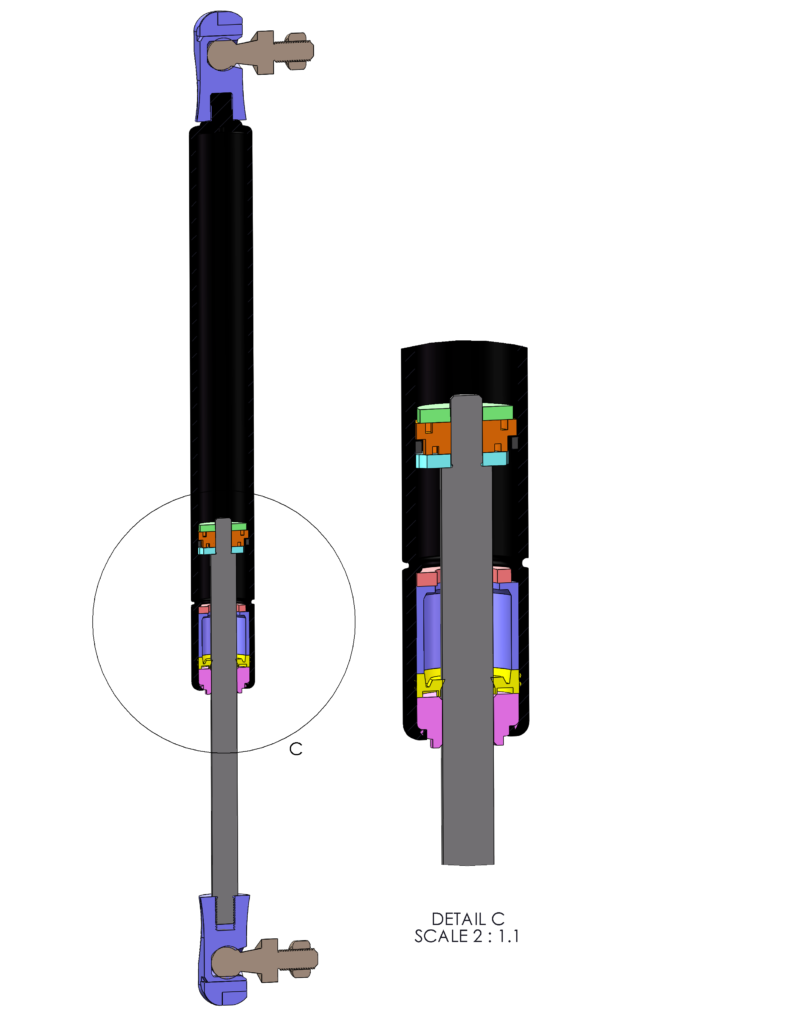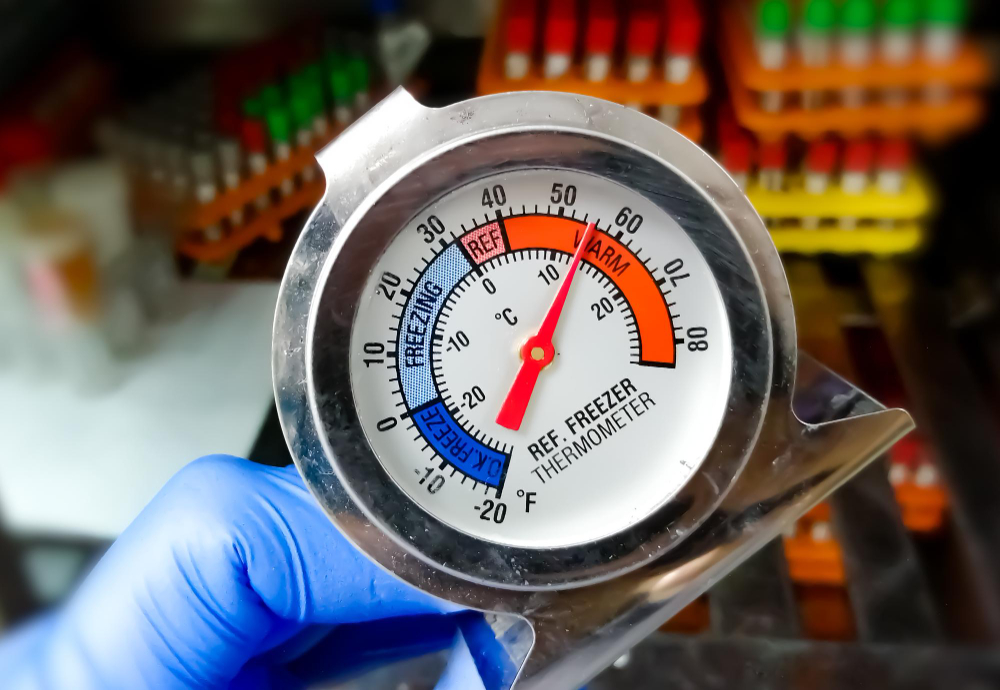A gas spring is a mechanical device filled with compressed nitrogen gas used to provide controlled and adjustable force in various applications. Its core components include a sealed cylinder containing pressurized gas, a piston rod attached to the load, a piston, and a valve assembly. When an external force is applied to compress or extend the gas spring, the compressed gas generates a counterforce, offering smooth and controlled motion. Gas springs are favored for their ability to provide consistent force throughout their stroke, easy installation, low maintenance requirements, design flexibility, and long operational lifespan. They find application in automotive, furniture, aerospace, medical equipment, and various industrial machinery where precise motion control and support are needed.
Gas springs come in two primary types: non-lockable, which remain extended when not under load and are commonly used for lifting and lowering equipment, and lockable, which can be securely locked at any position along their stroke, offering intermediate positive locking. This versatility makes them a reliable choice for a wide range of applications, reducing stress on mounting components, enhancing functionality, and improving user experience.


